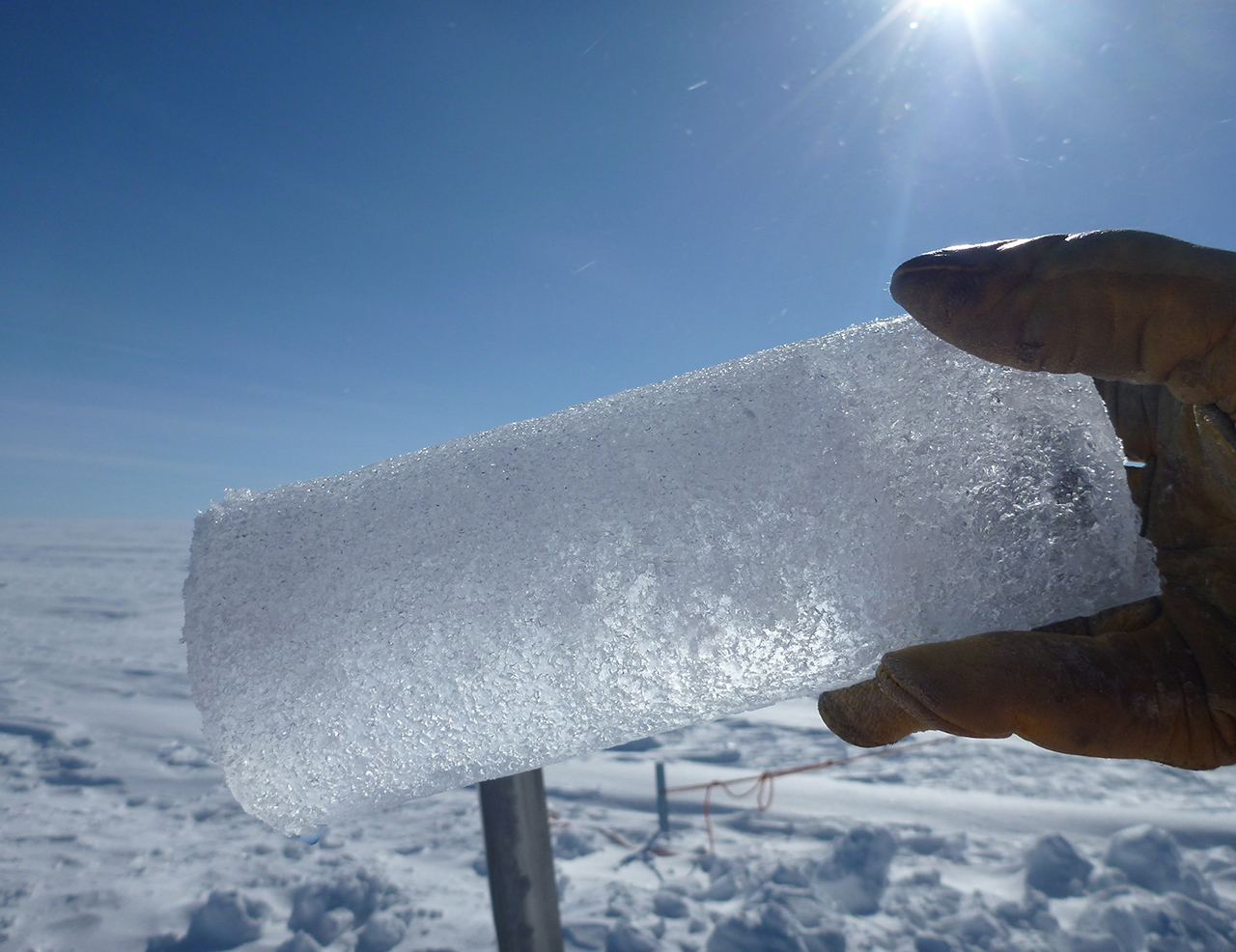There is a plethora of information we can learn from glaciers. In my past posts I discussed the various ways glaciers are important to us. Today I will be telling you more about the importance of glaciers in helping us understand the Earth’s history.

Ice cores previously found in Greenland are about 130,000 years old and those in Antarctica about 800,000 years old, although an unprecedented find of a 2,700,000 years old ice core was found in 2017. If you want to know more about the drilling and processing of the ice cores, the descriptions and videos here are worth a look!

The amount of information ice cores can tell us is astonishing, at least to me. The air bubbles in the ice tell us about the composition of the atmosphere at different time periods in our history. This includes the carbon dioxide concentration in the atmosphere at those points in time. Other information that can be attained are temperature, precipitation and volcanic activity. Wind patterns can be determined when several ice cores are extracted from areas close to one another, and analysing where precipitation was moved by the wind.
So, why is all this important to us? By studying the climate in the past and how different variables like atmospheric carbon dioxide concentrations affect our climate, we are able to predict the changes to come in the future based on our environment now. This is done by climate modeling, and by checking our predictions with what has happened in the past, we are able to better understand the problem of climate change and how to deal with it.
I could go on and on about ice cores, but the bottom line is that understanding our history is key to predicting our future. This is true for other fields of study as well, such as in paleontology, where fossil findings in some locations challenge the climate models in places like Alaska. These instances are when new discoveries are born and how we can better understand the Earth.

There have however, been criticisms on the reliability of ice cores, citing reasons such as the drilling of ice cores and their depressurising from being so deep greatly affects the chemistry of the ice cores.
All in all, glaciers are important in many ways, and their persistence is to our benefit.
